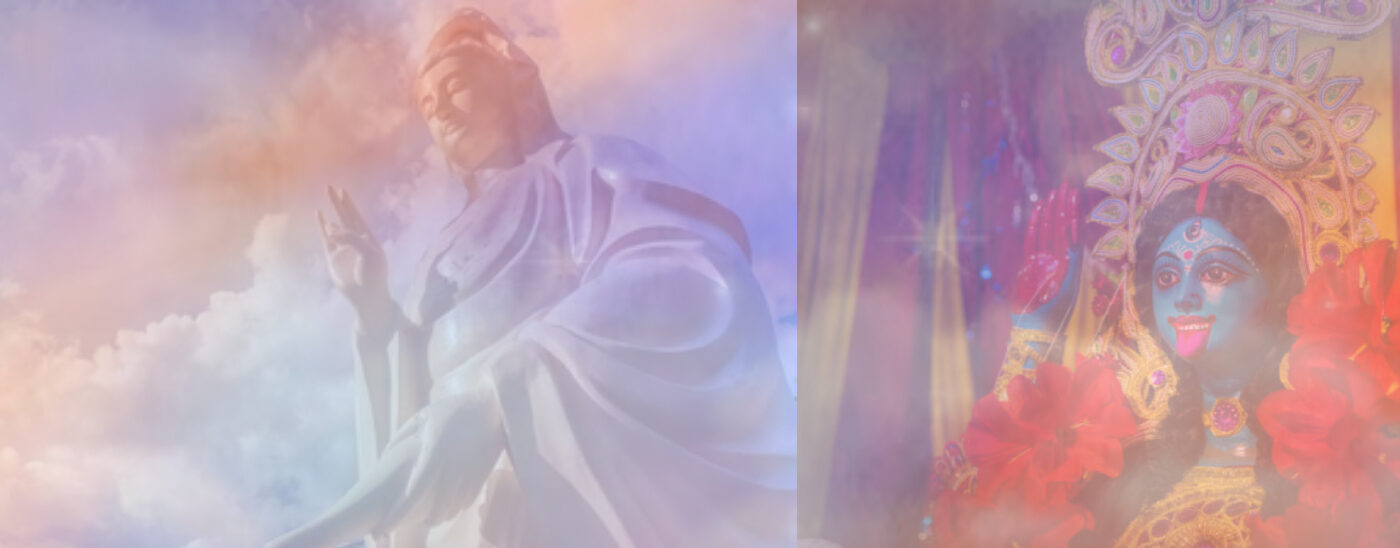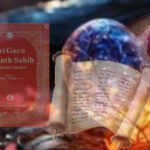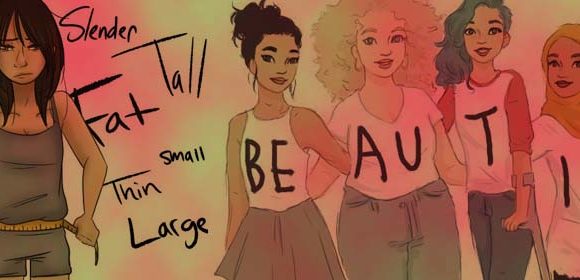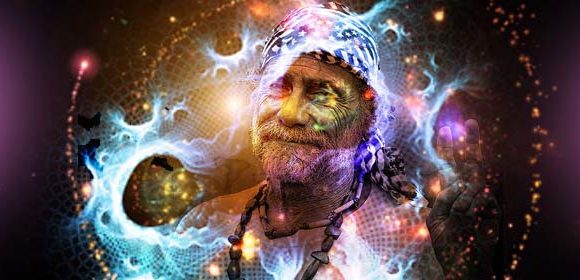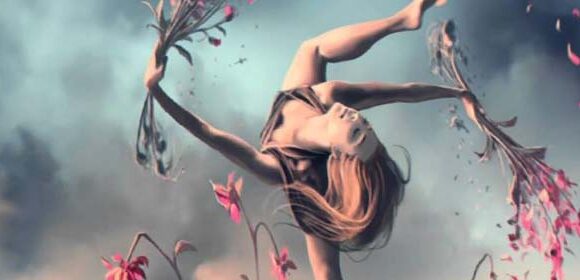Throughout human history, cultures across the globe have revered deities, gods, goddesses, and enlightened beings, each embodying aspects of the divine and providing guidance to humanity. Despite their diverse names, forms, and stories, these spiritual and mythical figures often share strikingly similar roles and meanings, pointing to a shared human quest for understanding the sacred. From gods of creation and destruction to guides of wisdom and compassion, these figures serve as reflections of humanity’s collective consciousness and spiritual aspirations.
This article explores the universality of these deities and enlightened beings, their origins, and how their depictions have evolved over time to remain relevant in different cultural contexts.
The Origins of Deities and Enlightened Beings
The concept of deities and enlightened beings likely arose from humanity’s earliest attempts to make sense of the world. Nature’s forces – lightning, thunder, rain, and the sun – were mysterious and powerful, inspiring awe and reverence. Over time, these natural phenomena became personified as gods and goddesses, each representing specific forces or aspects of life.
Simultaneously, stories of wise sages, shamans, or spiritually attuned individuals gave rise to the concept of enlightened beings. These figures often served as intermediaries between the material and spiritual realms, providing wisdom and guidance for how to live in harmony with the cosmos.
Mythology, folklore, and religious traditions preserved these figures’ stories, gradually evolving them into archetypes that continue to resonate across cultures and generations.
The Universality of Roles and Symbols
Despite cultural differences, many deities and enlightened beings fulfil remarkably similar roles. They embody universal human experiences, spiritual ideals, and cosmic principles. Below are some key roles shared across cultures:
- Creators and Sustainers of Life
- Brahma (Hinduism): In Hindu tradition, Brahma is the creator of the universe, part of the Trimurti alongside Vishnu (the preserver) and Shiva (the destroyer).
- Ra (Egyptian mythology): The sun god Ra is seen as the creator and sustainer of life, bringing light and energy to the world.
- Viracocha (Inca mythology): Viracocha is the great creator god who shaped the earth, sky, and all living beings.
These deities reflect humanity’s reverence for the mystery of creation and the forces that sustain life.
- Protectors and Warriors
- Athena (Greek mythology): The goddess of wisdom and war, Athena embodies strategic thinking and justice.
- Sekhmet (Egyptian mythology): A fierce lion-headed goddess, Sekhmet defends the divine order and protects against chaos.
- Archangel Michael (Christianity): A protector of humanity, Archangel Michael is a warrior of light who defeats evil.
Across cultures, protector figures symbolize courage, strength, and the defence of righteousness.
- Guides of Wisdom and Enlightenment
- Buddha (Buddhism): The Buddha, an enlightened being, offers a path to liberation from suffering through mindfulness, compassion, and wisdom.
- Thoth (Egyptian mythology): The god of knowledge and writing, Thoth is associated with wisdom and the pursuit of truth.
- Hermes (Greek mythology): A messenger of the gods, Hermes is a guide for souls and a symbol of communication and learning.
These figures remind us of the importance of spiritual growth, self-awareness, and the pursuit of truth.
- Destroyers and Transformative Forces
- Shiva (Hinduism): The destroyer and transformer, Shiva’s role is to clear away the old to make way for new creation.
- Kali (Hinduism): A fierce goddess, Kali represents the destruction of ignorance and the transformative power of time.
- Hades (Greek mythology): The ruler of the underworld, Hades governs the cycle of death and rebirth.
Destructive deities symbolize the necessary cycles of life – endings that make room for new beginnings.
- Compassionate Guides and Intercessors
- Kuan Yin (Chinese Buddhism): The goddess of mercy, Kuan Yin embodies compassion and responds to the prayers of those in need.
- Mary (Christianity): Revered as the mother of Jesus, Mary is often seen as a compassionate intercessor and symbol of divine love.
- Amaterasu (Japanese Shinto): The sun goddess Amaterasu brings warmth, hope, and harmony.
Compassionate deities and enlightened beings represent the nurturing and healing aspects of the divine.
Evolving Descriptions and Roles Over Time
As societies have evolved, so too have the descriptions and roles of their deities and enlightened beings. In ancient times, gods and goddesses were often associated with natural phenomena, reflecting humanity’s dependence on nature. Over time, as civilizations advanced, these figures took on more abstract and philosophical qualities, embodying ideals like justice, love, and enlightenment.
For example:
- Shiva, initially a wild and untamed figure, became a symbol of meditation and cosmic balance.
- Zeus, once seen as a storm god, evolved into a patriarchal figure representing authority and order.
- Buddha, once a historical figure, became a universal symbol of enlightenment and compassion.
In modern times, these figures continue to be reinterpreted, often serving as metaphors for inner qualities or archetypes within the human psyche. For instance, Carl Jung’s psychological theories draw heavily on the archetypes represented by gods and goddesses, viewing them as symbols of the universal human experience.
The Message of Unity in Diversity
Despite their differences, deities, gods, and enlightened beings share a unifying theme: they are reflections of humanity’s inner and outer journey toward understanding the sacred. They teach us how to live with purpose, compassion, and connection to the greater whole.
Whether you call it Allah, Brahman, God, the Universe, or Spirit, the divine speaks to all cultures in ways that resonate with their unique perspectives. These figures remind us that while our languages, rituals, and stories may differ, our yearning for meaning, love, and transcendence is universal.
By embracing the wisdom of these figures, we not only honour our shared spiritual heritage but also open ourselves to the possibility of unity in diversity. After all, the divine wears many faces but holds one essence—the essence of truth, love, and the infinite potential within us all.

